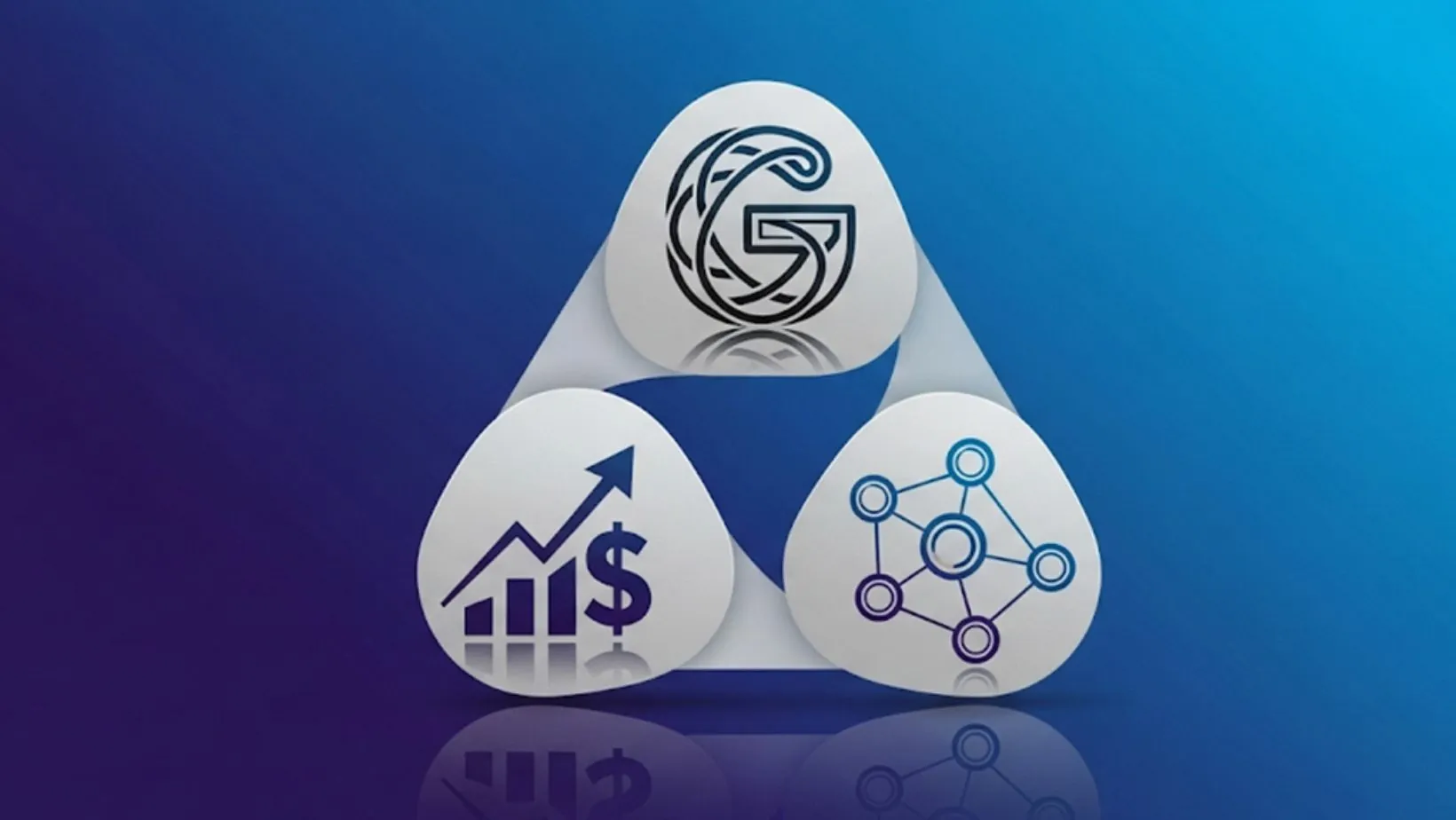Table of Contents
ToggleIn the world of B2B, understanding the customer journey is like deciphering a complex treasure map—one wrong turn, and you could end up in the land of lost opportunities. Businesses today are no longer just selling products; they’re crafting experiences that guide clients from initial curiosity to loyal partnership. It’s a thrilling ride, but only if you know the route.
Understanding B2B Customer Journey
The B2B customer journey represents the process clients undergo from initial awareness to becoming loyal partners. It encompasses several stages, each requiring precise strategies for engagement.
Definition of B2B Customer Journey
The B2B customer journey refers to the steps businesses take to guide clients through their buying decisions. It includes stages such as awareness, consideration, and decision-making. Understanding this journey helps companies tailor their marketing efforts to meet specific client needs at each stage. Engaging clients with relevant content and personalized experiences ensures they progress smoothly. Each interaction shapes the overall experience and highlights the importance of strategic communication.
Importance of Mapping Customer Journeys
Mapping customer journeys holds significant importance for B2B companies. It allows businesses to visualize how clients interact with their brand over time. Identifying touchpoints enables organizations to optimize their strategies, enhancing client satisfaction. Businesses can prioritize resources effectively by understanding client pain points and motivations. The insights gained from mapping also guide product development and customer service improvements. Ultimately, a well-mapped customer journey fosters stronger relationships and increases the likelihood of repeat business.
Stages of the B2B Customer Journey

The B2B customer journey comprises three essential stages: awareness, consideration, and decision. Each stage requires unique strategies to effectively engage clients.
Awareness Stage
The awareness stage marks the beginning of the customer journey. Prospects recognize challenges or opportunities and seek information. Businesses can capture attention through informative content such as blogs, podcasts, and social media posts. Utilizing SEO techniques helps enhance visibility in search engine results. Engaging prospects early with helpful resources creates a positive first impression. Companies often need to utilize data analytics to understand their target audience, defining pain points and preferences. Content that resonates with prospects establishes authority and credibility, paving the way for further engagement.
Consideration Stage
During the consideration stage, potential customers evaluate available solutions. They research various options and compare competitors. Providing case studies, whitepapers, and detailed product descriptions aids in highlighting advantages. Businesses should employ targeted email campaigns to nurture relationships, delivering tailored content that addresses specific needs. Interactive content like webinars or demos engages prospects and assists in clarifying their doubts. Personalizing communication at this point helps businesses build trust, presenting themselves as reliable partners in solving customers’ problems. Gaining insights into clients’ priorities fosters a more effective decision-making process.
Decision Stage
The decision stage involves the final evaluation and selection of a solution. Clients assess pricing, user experience, and potential ROI before committing. Comprehensive product demonstrations and testimonials play a crucial role in convincing prospects. Clear calls to action encourage decision-making, simplifying the purchasing process. At this stage, sales teams should remain available to address concerns and provide additional information. Offering incentives like discounts or extended trials can further persuade decision-makers. Maintaining strong follow-up communication is vital, reinforcing the value of the chosen solution and fostering a lasting relationship with newly acquired clients.
Factors Influencing the B2B Customer Journey
Several key factors shape the B2B customer journey. Understanding these elements helps businesses tailor their strategies and enhance client satisfaction.
Buyer Personas
Buyer personas represent detailed profiles of target clients. Companies develop these personas using demographic data, behaviors, and needs. Distinct personas guide marketing efforts, enabling tailored content and engagement tactics. For instance, understanding a persona’s industry challenges assists in crafting relevant messages. Organizations increase engagement when they align resources with specific buyer motivations. By prioritizing buyer personas, businesses enhance their ability to connect with potential clients effectively.
Touchpoints and Channels
Touchpoints and channels play critical roles in the B2B customer journey. Every interaction, from social media posts to email campaigns, serves as a touchpoint. Clients use various channels to gather information and make decisions. Companies that optimize these channels facilitate seamless transitions through the customer journey. Engaging clients at multiple touchpoints increases brand visibility and reinforces trust. Additionally, maintaining a consistent message across these channels helps strengthen relationships. Businesses prioritize enhancing touchpoints to create more effective communication strategies, ultimately impacting their overall success.
Best Practices for Optimizing B2B Customer Journey
Optimizing the B2B customer journey enhances client satisfaction and loyalty. Implementing best practices at each stage leads to stronger relationships and improved business outcomes.
Personalization and Customization
Personalization creates a unique experience for each client. Companies can use data from previous interactions to tailor communications and offerings. Customizing content and messaging builds trust and shows clients their specific needs are understood. Utilizing targeted email campaigns and personalized landing pages effectively engages potential customers. Adjusting products or services to fit client preferences improves their overall experience, fostering loyalty. Establishing a connection through relevant content makes clients feel valued and encourages deeper engagement.
Leveraging Data and Analytics
Data and analytics drive informed decisions across the customer journey. Businesses should track customer interactions and behaviors to identify trends and insights. Analyzing this data helps pinpoint bottlenecks or pain points in the journey. Companies can enhance engagement strategies by utilizing these insights to optimize user experiences. Adjusting marketing efforts based on analytics further improves targeting and engagement. Measuring the effectiveness of campaigns through data ensures resources are allocated efficiently, maximizing impact throughout the customer journey.
Understanding the B2B customer journey is crucial for businesses aiming to build lasting relationships. By effectively mapping the stages of awareness, consideration, and decision-making, companies can create tailored strategies that enhance client engagement.
Focusing on buyer personas and optimizing touchpoints allows businesses to meet client needs more effectively. Utilizing data and analytics not only helps in personalizing communications but also in measuring campaign success.
Ultimately, a well-executed customer journey strategy not only fosters loyalty but also drives repeat business, ensuring long-term success in the competitive B2B landscape.



